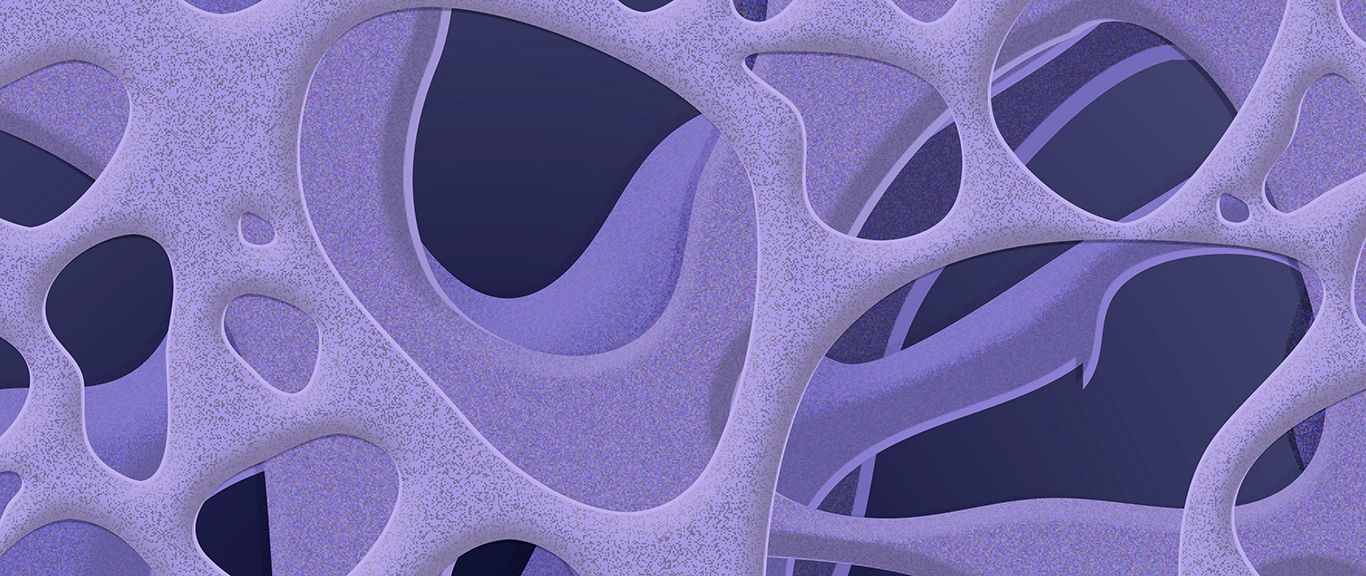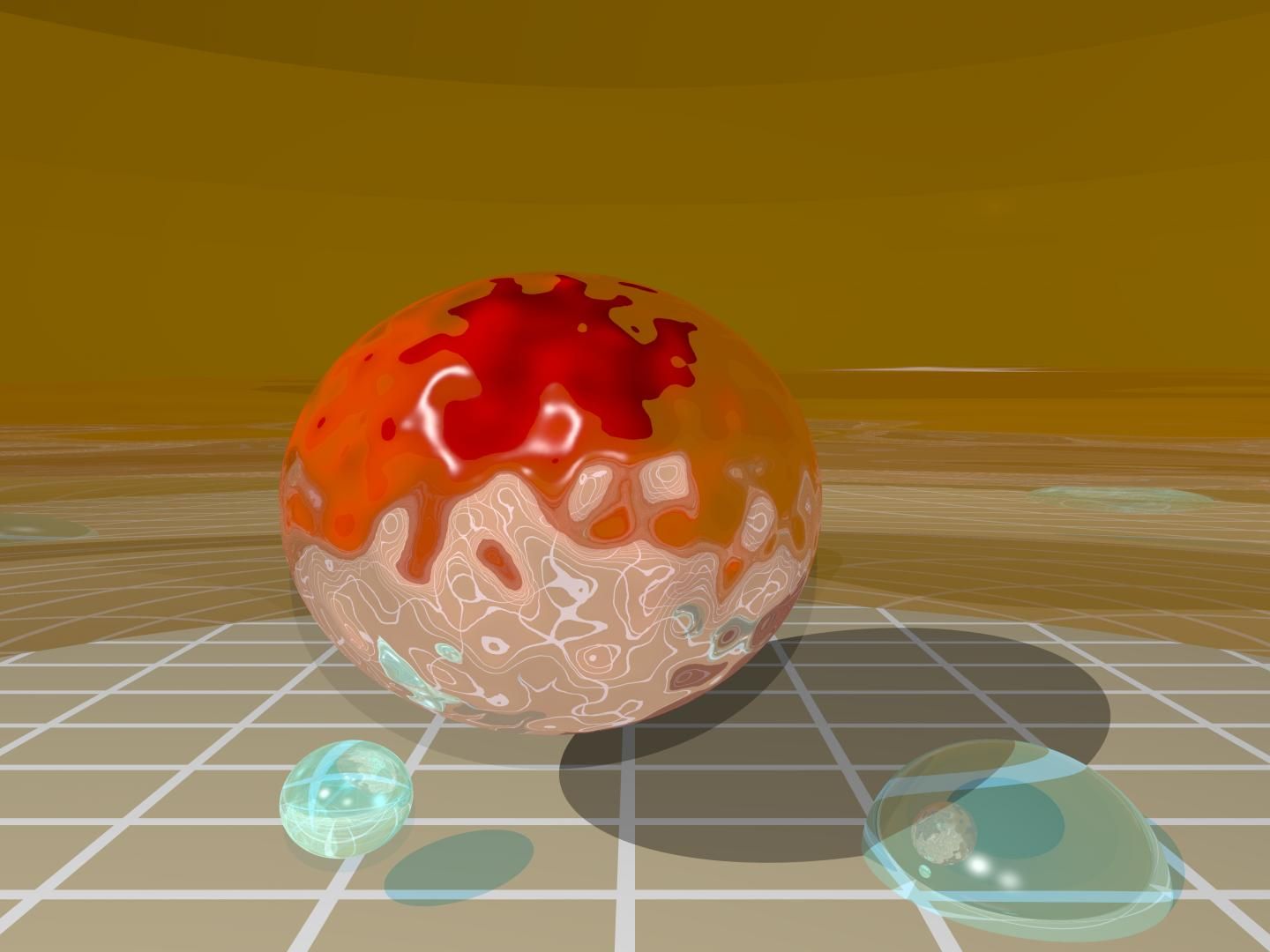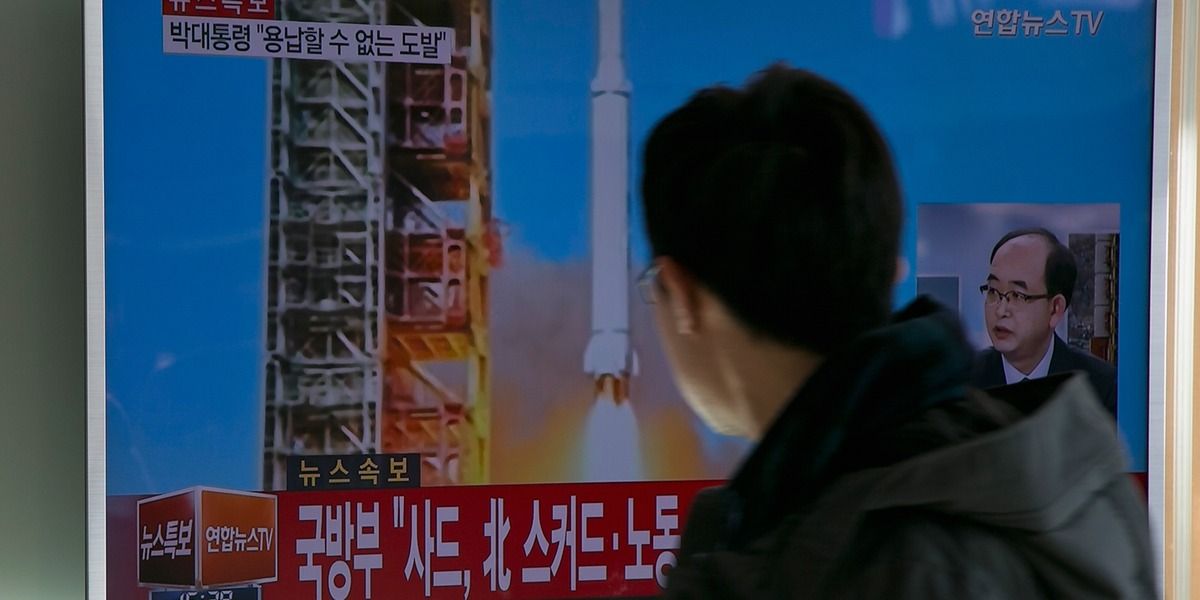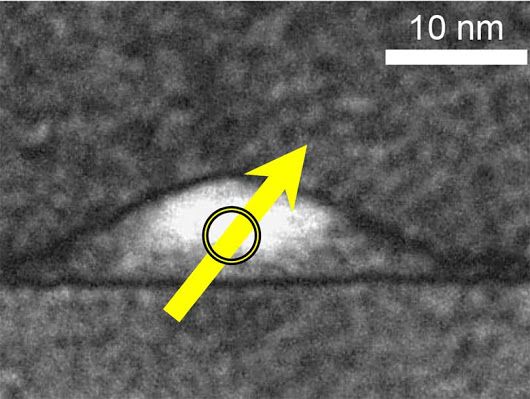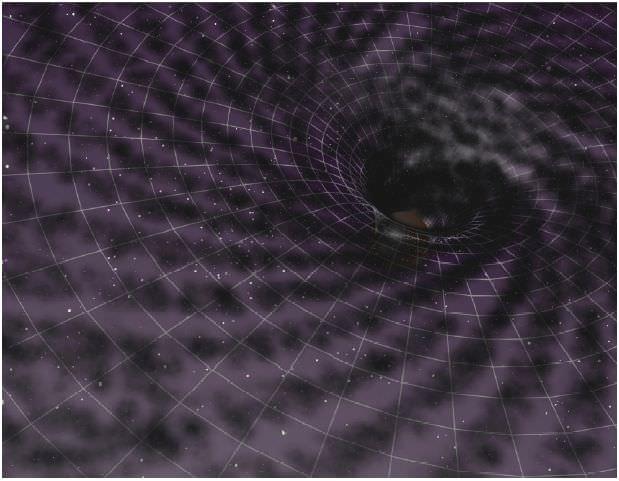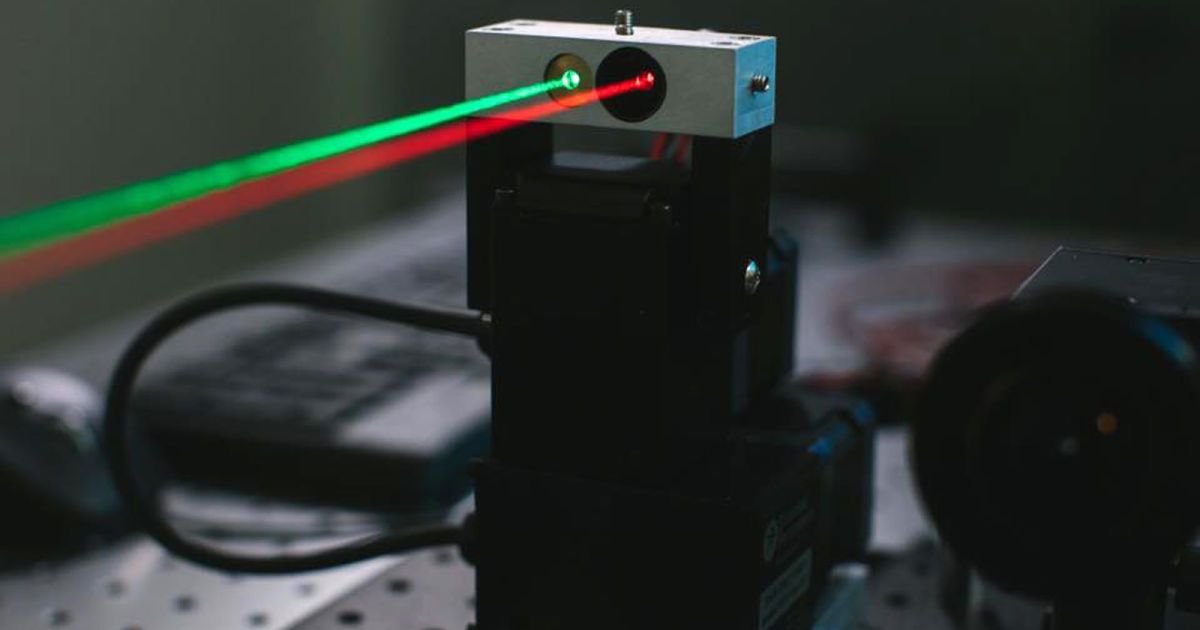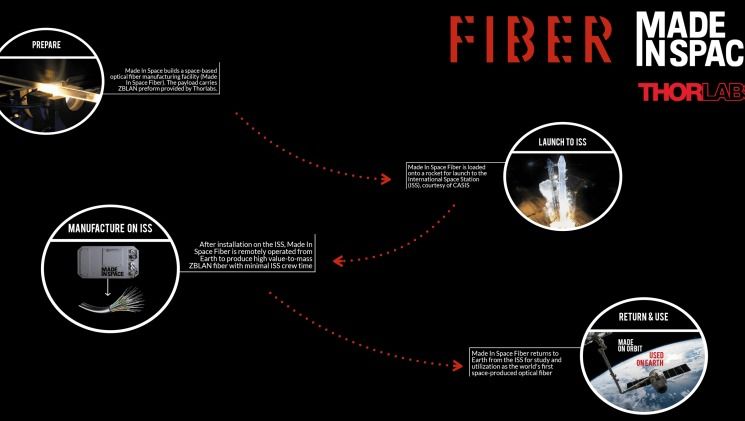Have you ever seen the movie called “The Haunting” with Liam Neeson and Catherine Zeta-Jones? If you have; you will appreciate this article. A living building.
The US’s Defense Advanced Research Projects Agency (DARPA) is attempting to build living, self-healing, programmable buildings.
DARPA’s Engineered Living Materials (ELM) program imagines that materials like bone, skin, bark and coral could form future building blocks as they provide advantages over non-living materials built with today, in that they can be grown where needed, self-repair when damaged and respond to changes in their surroundings.
“The vision of the ELM program is to grow materials on demand where they are needed,” said ELM program manager, Justin Gallivan.
